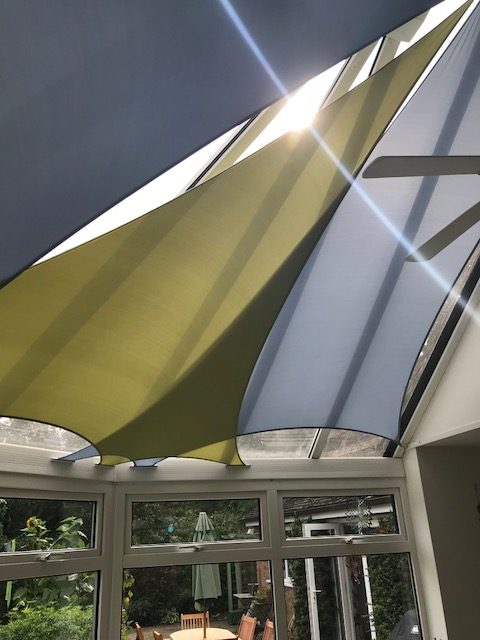Can Mumbai’s flamboyant Art Deco be saved from salty winds and ugly alterations?
A shaft of late-afternoon sunlight falls on a deep, grey sea and bounces off the water’s surface. The effect is an artificial-looking, molten silver pool that makes the ocean seem more welcoming than it really is. The wind carries a fine, salty spray over the promenade skirting the frothy waters. It is low tide. Traffic bustles. Across the busy street, in the milkiness of a post-rain September, the features of Marine Drive’s Art Deco buildings are distinctive.
Art Deco studs other cities too, popping up here and there in Ahmedabad, Pune, Chennai, Bengaluru, Kolkata or Vadodara. But in South Mumbai, it makes an exuberant, idiosyncratic statement, a bold aesthetic of an era gone by that sits right next to the welter of high-rise modernity.
Besides Marine Drive, there’s the Oval Maidan, where Art Deco juxtaposes cosily with Neo-Gothic buildings. There’s possibly no other place in the world where two contrasting styles of architecture exist in such close proximity. To the east of the maidan, the Victorian structures soar skyward, full of certitude, monumental. To its west, on Maharshi Karve Marg, Deco apartment blocks stand tall.
A mixed bag
On Sir Pherozeshah Mehta Road and Mahatma Gandhi Road, Deco office buildings abound. Then there are the famous Deco movie halls. Regal, in 1933, and then Plaza, New Empire, Central, Eros, Metro and Liberty used to once look like fairylands. Today, much of the original style is lost or hidden by alterations, signages and hoardings.
Mumbai has Neo-Gothic structures in the Mumbai University building and the High Court. It has the Neo-Classical style in the Town Hall that houses the Asiatic Society. Then there is the Indo-Saracenic in the Mumbai GPO. To this mix was added Art Deco in the years between the two World Wars.
In place of the distant formalism of Gothic and the Classical, it ushered in an exhilarating sense of freedom and boundless creativity. The new architecture was less about structure and more about elevation and façades.
Bewildering style
The contrast with Neo-Gothic couldn’t have been sharper. Flower petals, leaves, and figures from mythology like Lakshmi and Ganesha were used to adorn building fronts. The eclecticism of the new style was bewildering. But by using Indian motifs and myths, Art Deco constructions became more acceptable.
Backbay Reclamation had pushed the sea back, westward. More land was at hand. Mumbai city was creating wealth. Business boomed, trade flourished, industries sprung up. There was a spirit of entrepreneurship and optimism. New home owners wanted their houses to reflect their opulent gaiety. Art Deco’s flamboyance fitted right in. Suddenly architectural style was an experience everyone could savour.
Even the building names announced this. Initially they were very British, with Queen’s Court, Empress Court, Belvedere Court, and even a Windsor House. Then they became very Indian: Shiv Shakti Bhavan, Deepak Mahal, Rajesh Mahal, Soona Mahal.
The first Art Deco buildings were designed by Indians trained in Sir J.J. School of Art but with a global outlook. Concrete had come in, allowing flexibility in designs. Technology reduced time and building costs. Stylistically, the architects were looking to the U.S. for inspiration.
Look at the buildings on Marine Drive and Oval Maidan for classic Art Deco examples. They have flat roofs with prominent stairwells. The balconies are rounded or boxed with sun shades. The entrances are conspicuous. The buildings are rounded or curvy, giving them a feeling of lightness and fluidity.
While the smooth, liquid finish of the exteriors and the boxed balconies are standard Art Deco, windows, doorways, stairways and sunshades were often designed freely. But their most eye-catching facet was the use of colours creating different shades and hues on the same street. This was possible by the use of Colourcrete, a finishing material popular at the time.
By the time WWII ended, the Art Deco movement had lost momentum. Isolated structures still came up from time to time, but it was no longer the preferred style.
After the war, aesthetics changed. In Europe, the optimism of the past gave way to gloom. Architecture was now marked by functionalism. Modernism replaced Art Deco.
It’s an important phase in Mumbai’s stylistic evolution that must be preserved. The structures are mostly 70 to 100 years old. Time, salty winds and lashing monsoons have taken their toll.
Not just façades, but structural issues need to be solved. Many owners lack the financial resources needed for renovation, and many landmark buildings have suffered irretrievable damage.
Unrecognisably ugly
On Sir Pherozeshah Mehta Road, for instance, office buildings now have so many window air-conditioners that the façades have become unrecognisably ugly. In some buildings, stone bas reliefs have been removed.
Buildings have added on more floors in totally different styles. The famous cinemas have been turned into multiplexes. If anything remains in fair shape, it’s the residential buildings on Oval Maidan and Marine Drive.
I am at the office of Pankaj Joshi, a leading architect and conservationist, who is the executive director of Urban Design Research Institute and a member of the Mumbai Heritage Conservation Committee.
Joshi has been vocal on the need to preserve this precious heritage bequeathed to Mumbai. He and other activists have been able to persuade the government to urge Unesco to accord World Heritage status to the Marine Drive and Oval Maidan buildings.
The Centre submitted a proposal to Unesco in May 2012 to demarcate these two separate locations as The Victorian and Art Deco Ensemble of Mumbai. Joshi hopes the proposal will come through. If it does, it would be a unique project that could save 100 iconic buildings spanning two centuries of the city’s history.
Source:-the hindu


